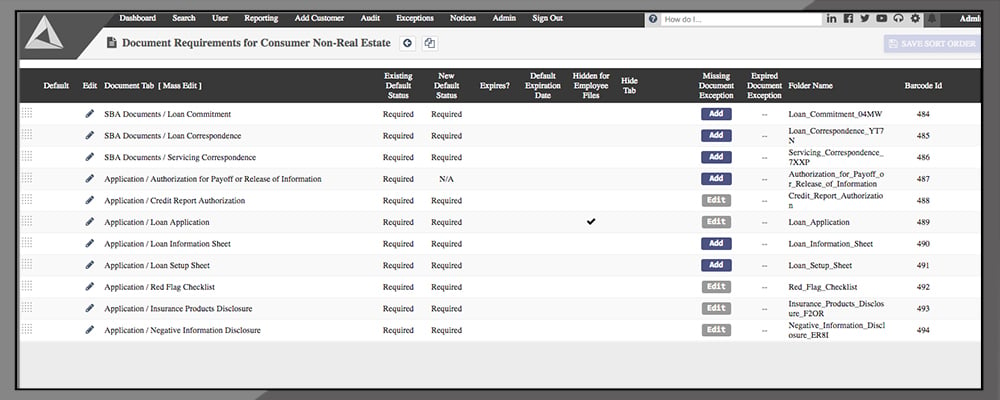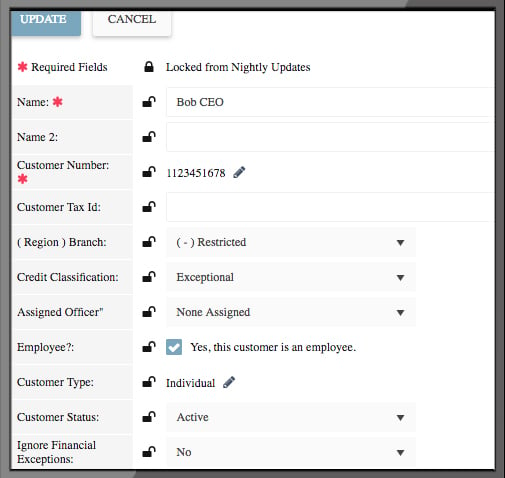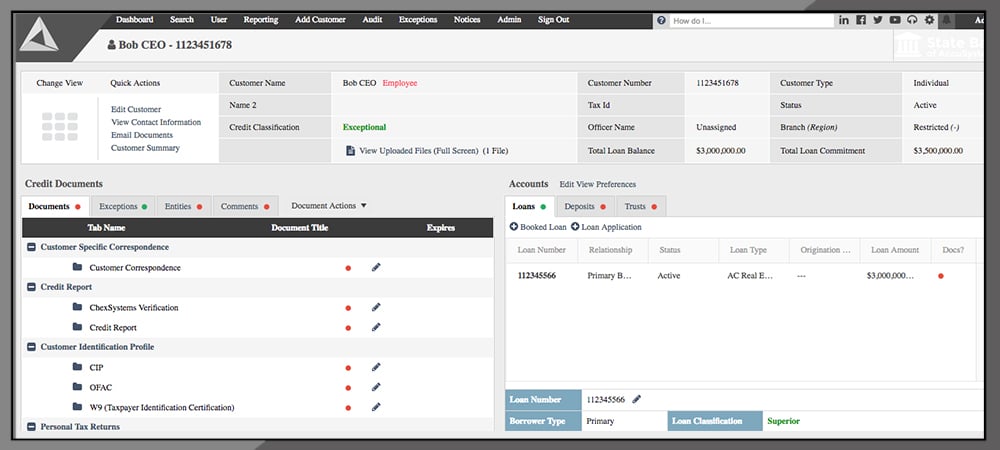Restricting Access to Employee Account Info at Banks and Credit Unions
Your employees are some of your financial institution’s biggest advocates. They’re not shy to tell family members, friends, and virtually anyone else about your institution’s great products and services. It’s no surprise why your employees are so passionate. After all, most of them do all of their banking with your financial institution. Checking accounts, health savings accounts, car loans, mortgages, small business loans - employees rely on your financial institution as much as you rely on them. Having a team of loyal employee-customers is great, but it can also create a somewhat tricky situation when it comes to managing employee account documents. Here are four paths that financial institutions commonly take.
Option 1: Don’t Restrict Anything
Some banks and credit unions handle employee account information the same way they would any other type of customer. In our experience, this approach is not usually the result of a formal policy but, rather, caused by a lack of foresight by management. Allowing unfettered access to employee account documents can create countless undesirable outcomes. For example, what happens when one teller “accidentally” sneaks a peek at another teller’s loan application? Do you really want employees knowing one another’s household income, assets, liabilities, and other sensitive information? What kind of drama could that knowledge create? Could you be opening the door to identity theft? In most cases, failing to protect employee information is an unwise decision.
Option 2: Restricting Certain Documents
A less risky option involves the restriction of certain employee documents. Here’s one way to do that: Let’s assume that your financial institution uses AccuAccount to manage its account information and related documents. As you add a new customer, AccuAccount prompts you to indicate whether the individual is an employee or not. AccuAccount uses the employee status field to automate the hiding or sharing of select documents. If, for example, your financial institution wanted to keep employee loan applications hidden from other employees, simply adjust the document’s settings as desired.
Day forward, employee loan applications will remain hidden (except to those who actually need access).
Option 3: Restricting the Full Employee Record
In some cases, it may be wise to restrict access to an employee’s entire record - accounts and all. Case in point, some banks prefer to maintain particularly tight control over senior officer and board member information. In these situations, it may make sense to move the employee’s entire customer record to a “restricted branch” in AccuAccount.
Once a record has been moved to the restricted branch, only those with restricted-level access will be able to view or edit.
Option 4: Restricting Records & Documents
Even when an employee’s record has been moved to a restricted branch (as discussed in option three), there may still be documents too sensitive to share even with restricted users. AccuAccount delivers the best of both worlds, allowing you to set additional levels of control on certain documents - even when they’re linked to a record within a restricted branch.
Protect Your Employees’ Information
Does your bank need a more efficient and reliable way to manage employee account documentation? Click here to watch a 5-minute introductory video of AccuAccount.
Be the first to know! Click below to follow us on LinkedIn for news and content updates!










